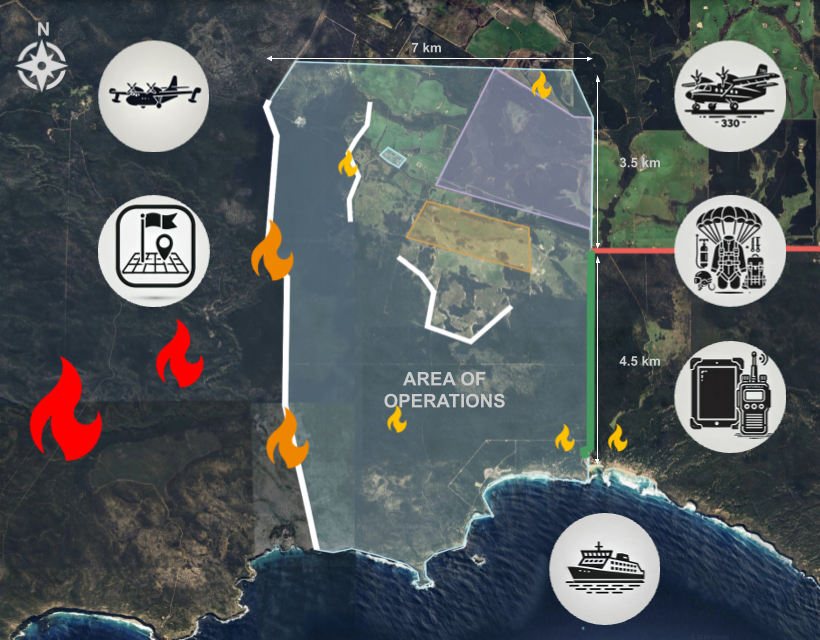
Prioritizing LZ RED reflects a clear focus on civilian safety, securing a critical escape route and preventing potential loss of life. However, the location limits operational flexibility and delays fire suppression efforts, leaving other areas more vulnerable. The terrain’s proximity to encroaching flames and dense smoke adds significant challenges to the mission.
As the aircraft approaches the drop zone, the captain’s voice crackles over the intercom:
‘Attention, team. Gusts are now exceeding 90 klicks, with sudden wind shear detected. Smoke layers are shifting unpredictably—brace for challenging descent conditions.’
The first half of the team exits into the swirling haze, their parachutes vanishing almost instantly. But as the remaining jumpers prepare to deploy, a massive spike in turbulence forces the pilot to delay their exit. When they finally leap, the conditions are even worse—thick smoke and erratic winds make navigation a nightmare, scattering personnel across unfamiliar terrain.
Team Instructions
Under the guidance of your facilitator, half the team will move as Sub-Team 1 and the other half as Sub-Team 2 for the next stage.
